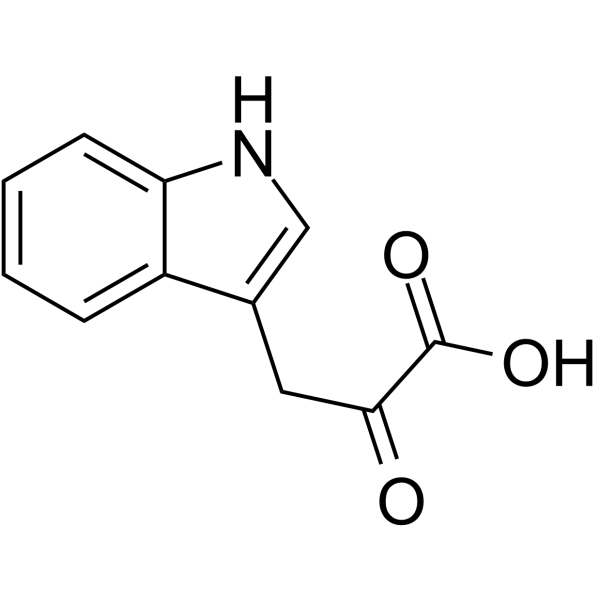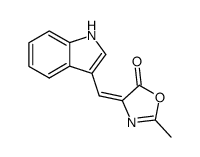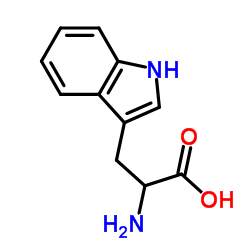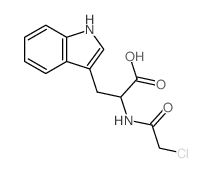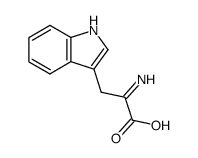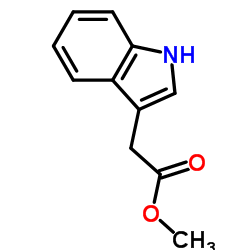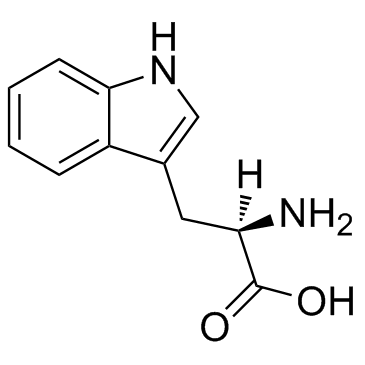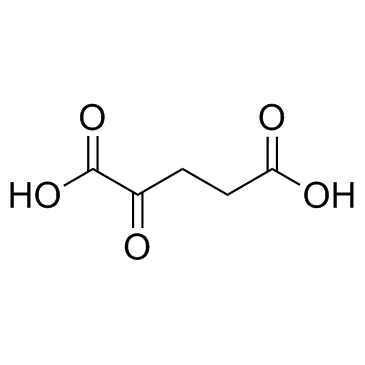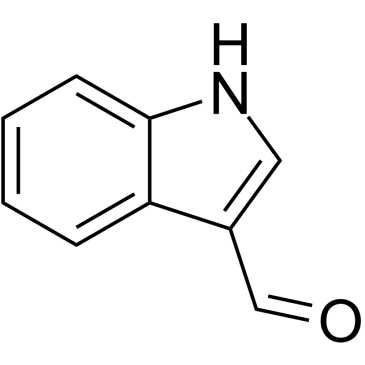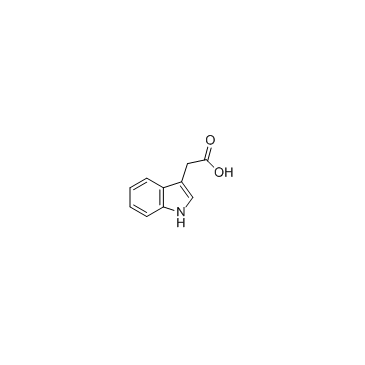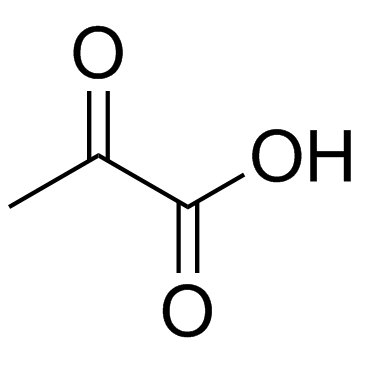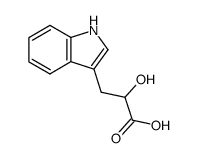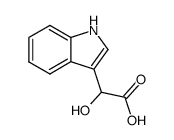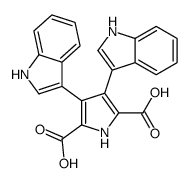392-12-1
| Name | 3-(indol-3-yl)pyruvic acid |
|---|---|
| Synonyms |
MFCD00005640
3-(1H-Indol-3-yl)-2-oxopropanoic acid Indole pyruvic acid EINECS 206-874-1 Indole-3-pyrubate Indole-3-pyruvic acid INDOLE-3-PYRUVATE |
| Description | Indole-3-pyruvic acid, a keto analogue of tryptophan, is an orally active AHR agonist. Indole-3-pyruvic acid has antioxidant properties, and can be used in the research of inflammation, anxiety[1][2][3]. |
|---|---|
| Related Catalog | |
| Target |
Microbial Metabolite |
| In Vitro | Indole-3-pyruvic acid (50 and 250 μM, 24 h) activates AHR in HepG2 cells[1]. Indole-3-pyruvic acid (50 μM, 4 days) does not inhibit Th1 cell differentiation but promotes Tr1 differentiation[1]. Indole-3-pyruvic acid (1 mM, 24 h) reduces UVB-induced cytotoxicity in HaCaT cells[1]. Indole-3-pyruvic acid (25 mM, 6 h) reduces the levels of COX-2 in HaCaT cells[2]. RT-PCR[2] Cell Line: HaCaT cells Concentration: 5-25 mM Incubation Time: 6 h Result: Inhibited UVB-stimulated mRNA expression of IL-1β, IL-6, and cyclooxygenase 2 (Cox-2). |
| In Vivo | Indole-3-pyruvic acid (oral administration, fed in MF chow (0.1%) for 5 d) activates AHR in BALB/c mice[1]. Indole-3-pyruvic acid (oral administration, fed in MF chow (0.1%) for 5 wk) abrogates chronic inflammation in a T cell-mediated colitis model[1]. Indole-3-pyruvic acid (100 μM, dose at skin) protects against UVB-induced skin damage in HR-1 hairless mice[2]. Indole-3-pyruvic acid (intraperitoneal injection, 100-200 mg/kg) increases the time spent in the open arms of the elevated plus maze in mice[3]. Animal Model: BALB/c mice[1] Dosage: Fed in MF chow.0.1% for 5 d Administration: Oral administration Result: Up-regulated the expression of Cyp1a1 (a biomarker for AHR activation) in the colon. Animal Model: T cell–mediated colitis model of SCID mice[1] Dosage: Fed in MF chow.0.1% for 5 wk Administration: Oral administration Result: Suppressed diarrhea and improved colon inflammation. Down-regulated the expression of Th1 and proinflammatory cytokines and upregulated the expression of IL-10 in the colon. Animal Model: HR-1 Hairless Mice[2] Dosage: 100 μM Administration: Dose at skin Result: Enhanced the epidermal thickness. Attenuated UVB-induced necrosis observed in upper layer of dermis. |
| References |
| Density | 1.4±0.1 g/cm3 |
|---|---|
| Boiling Point | 445.2±28.0 °C at 760 mmHg |
| Melting Point | 215 °C (dec.)(lit.) |
| Molecular Formula | C11H9NO3 |
| Molecular Weight | 203.194 |
| Flash Point | 223.0±24.0 °C |
| Exact Mass | 203.058243 |
| PSA | 70.16000 |
| LogP | 0.46 |
| Vapour Pressure | 0.0±1.1 mmHg at 25°C |
| Index of Refraction | 1.685 |
| Storage condition | 2-8°C |
CHEMICAL IDENTIFICATION
HEALTH HAZARD DATAACUTE TOXICITY DATAMUTATION DATA
|
| Symbol |

GHS07 |
|---|---|
| Signal Word | Warning |
| Hazard Statements | H315-H319-H335 |
| Precautionary Statements | P261-P305 + P351 + P338 |
| Personal Protective Equipment | dust mask type N95 (US);Eyeshields;Gloves |
| Hazard Codes | Xi:Irritant; |
| Risk Phrases | R36/37/38 |
| Safety Phrases | S26-S36-S24/25 |
| RIDADR | NONH for all modes of transport |
| WGK Germany | 3 |
| RTECS | NM1880000 |
| HS Code | 2918300090 |
| Precursor 9 | |
|---|---|
| DownStream 10 | |
| HS Code | 2918300090 |
|---|---|
| Summary | 2918300090 other carboxylic acids with aldehyde or ketone function but without other oxygen function, their anhydrides, halides, peroxides, peroxyacids and their derivatives。Supervision conditions:None。VAT:17.0%。Tax rebate rate:9.0%。MFN tariff:6.5%。General tariff:30.0% |
